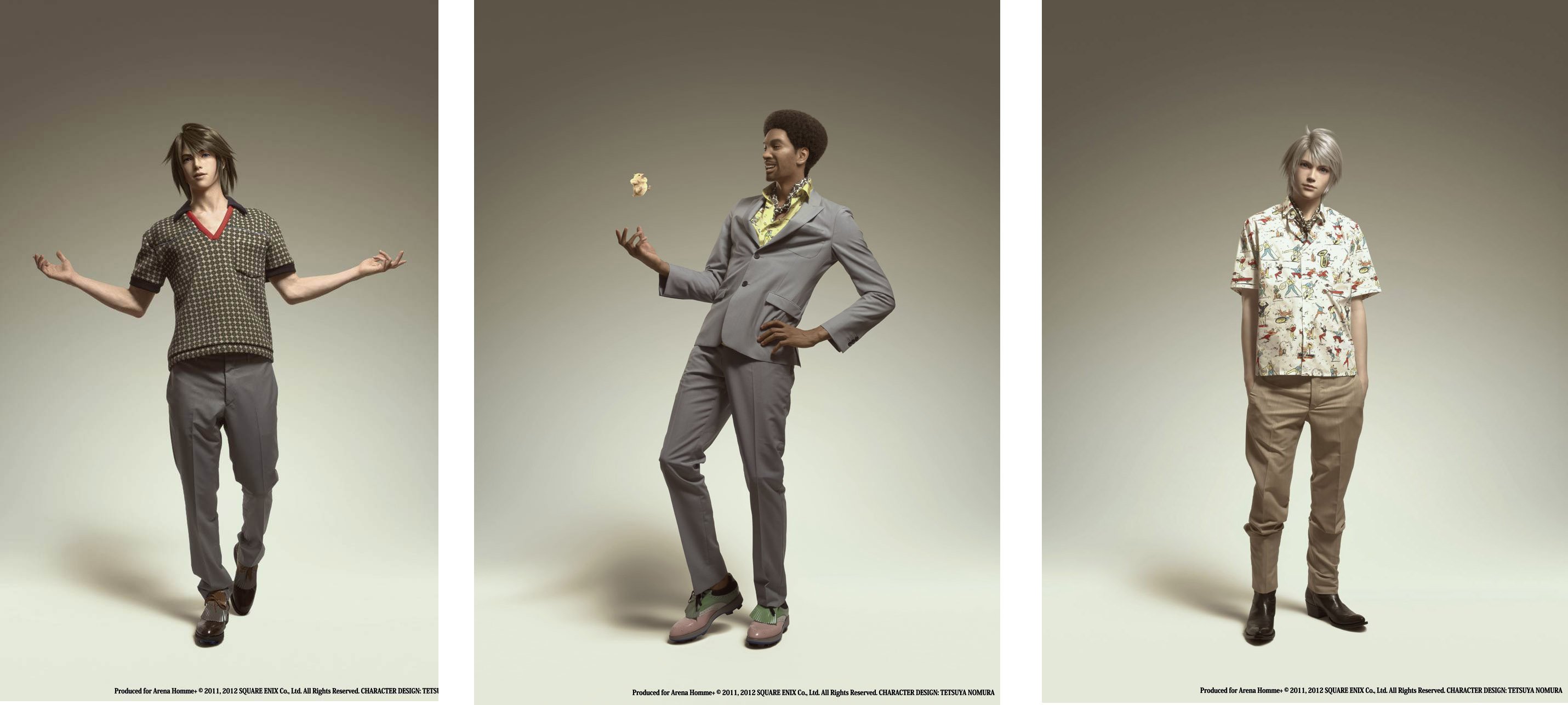I’d be willing to bet that most of you reading this had a favorite video-game-related shirt growing up. I found mine the other day. I bought it at a Hot Topic, and remember being floored that people were even producing gaming-themed clothing.
I had one thought upon finding it again: this is not a very good shirt.
The Hot Topic Era Of Video Game Fashion
In the mid-2000s, as systems like the original Wii were pushing gaming more into the mainstream, Hot Topic was supplying middle-and-high-school-aged gamers with licensed clothing (mostly shirts) so that they could share their passion with the world, and then get made fun of by jocks. Soon, other companies joined in.
The problem was that most of these shirts, for all their charm, were tacky. They were either bad puns with vaguely sexual undertones (I still own a Kirby shirt with the words “I Want You Inside Me” on it. Bad decisions.) or the shirts simply displayed the logo of a game.
There was nothing that elevated these shirts— no body would call them fashion items. They were like band shirts, things you would wear to show your love of something to the world at large in an effort to associate yourself with it and be seen as part of a group or fandom. The fashion element was often secondary.
This trend also led to the popularity of “mashup” shirts on sites like shirt.woot.com and Teefury. These shirts upped the artistic value of the clothing, as designers got in on the action to edit and change logos, often adding in completely new art assets they created themselves.
That said, the purpose of these shirts is still not fashion, it’s to declare your love of the properties they show. There’s a key difference.
What Does “Gaming Fashion” Actually Mean?
On a basic level, of course, gaming fashion includes every bit of clothing created with gamers in mind as an audience. But in the past few years, that phrase has come to be associated with something different.
Sites like Fangamer and countless others have recently been on the forefront of a movement that makes clothing for gamers that are above all, designed to be fashionable. They hire artists, designers, and people familiar with the fashion industry to create their clothing. The shirts above don’t say “Pokemon” anywhere on them. People unfamiliar with the games will likely not recognize them as gaming shirts. Same goes with the sweater below– at first blush, it’s simply a stylish sweater, and many passers-by would likely not even notice the Galaga influence.
Even when the video game reference is much more overt, as it is in the Pac-Man suit below, these items are designed as fashion items first, by artists and designers who are aware of trends and laws of artistic composition.
These items aren’t sold because they feature video game references, they are sold primarily because, well, they look damn good. The fact that they also feature art inspired by a beloved video game is just the cherry on top. This holds for Vans’s upcoming collaboration with Nintendo as well–the form and function work together in tandem.
Final Fantasy And Gaming Inspiring Fashion
Much has been made of Square Enix’s cross-promotion with fashion brands, most notably with Louis Vuitton and Prada, but for gamers who are interested at all in the world of high fashion, this collaboration is absolutely unprecedented.
To see a character from a video game elevated and displayed in this way, as a fashion model, as a character that people interested in fashion can look up to is nothing short of amazing. On a basic level, it’s a sign that stereotypes about us gamers are fading fast. That said, it also shows that the current movers and shakers in the fashion and design world are a lot like us.
They’ve grown up with video games, so they’re inspired by them. And as more and more designers who grew up with Kingdom Hearts, Deus Ex, Mirror’s Edge, and The World Ends With You make their way in the fashion world, we can expect to see gaming culture spread even further into the world of high fashion.







Published: May 23, 2016 09:58 am